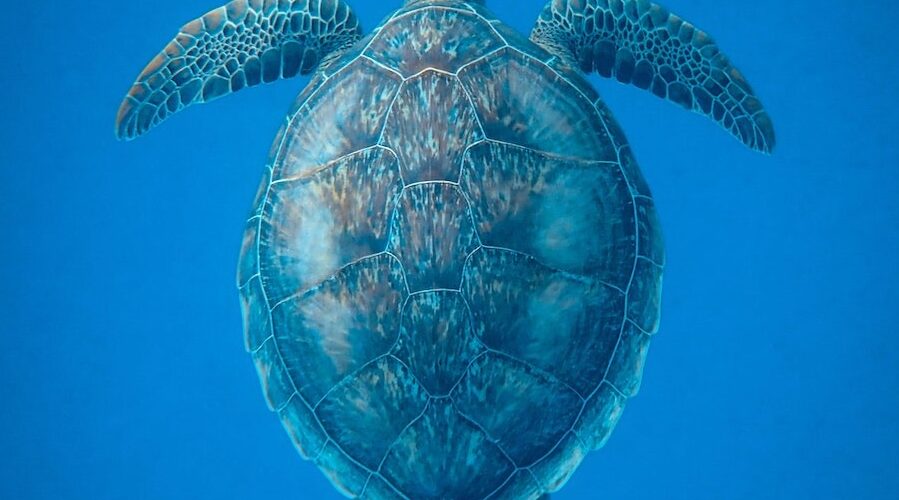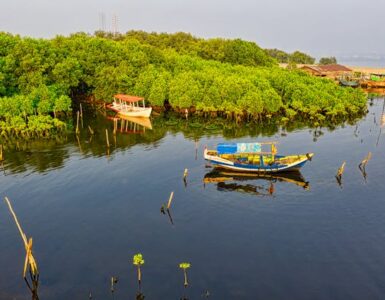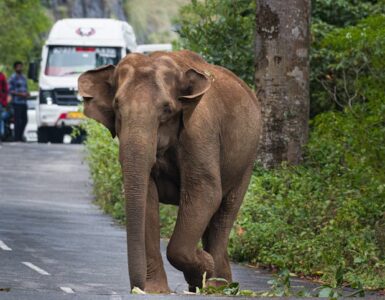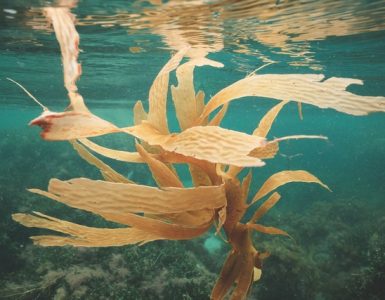Turtles are one of the oldest reptile groups, with fossil evidence dating back over 220 million years. They have survived the extinction of dinosaurs and have changed very little in appearance over millions of years.
Turtles are unique creatures adapted to different environments and can be found in various habitats, including oceans, freshwater bodies, and terrestrial environments.
While they are generally known for their ability to neck retraction or neck withdrawal when threatened or disturbed, it is better to know a little more about these fascinating animals in our biodiversity.
Physical Appearance
Turtles have distinct body structures and are often identified by their protective shell, composed of two parts: the upper part is called the carapace, and the lower part is known as the plastron. The shell is made of bone and covered by a layer of keratinized scales called scutes.
The shell provides a sturdy and protective covering for the turtle’s body. Some species can retract their head into their shell to protect against danger or threat. This defensive mechanism is a distinctive feature of turtles and is an integral part of their self-protective behavior.
While many people associate turtles with a dull green or brown color, some turtle species have brilliantly colored shells. For example, the red-eared slider turtle has distinctive red markings on the sides of its head, giving it its name. Their bodies often feature patterns or colors that help with camouflage in their habitats.
Turtles have four limbs, each with toes or claws. The number of toes can vary depending on the species. Aquatic turtles usually have webbed feet or flippers, which aid in swimming. Terrestrial turtles typically have sturdy feet or claws adapted for walking on land.
These marine creatures have well-developed eyes positioned on the sides of their head. They have a good sense of vision and can detect movement and distinguish colors. Turtles also have a keen sense of smell and can detect scents using their nostrils at the top of their snout.
Diverse Diets
Turtles are opportunistic eaters and have a diverse diet. Depending on their species, they can be omnivorous (eating both plants and animals), herbivorous (eating primarily plants), or carnivorous (mainly eating meat). For instance, green sea turtles feed on seagrasses and algae, while snapping turtles eat fish, frogs, and even small birds.
If you disagree that turtles can eat birds, here is a viral video on the internet showing a turtle zapping a small bird and another one that shows a giant tortoise deliberately killing a bird.
Behavior
Turtles are known for their slow movements, often calm and peaceful. They are ectothermic animals, relying on external heat sources to regulate their body temperature. Turtles can bask in the sun to warm themselves and may retreat into water or shade to cool down.
Their unique respiratory system allows them to extract oxygen from water and air. Aquatic turtles have gills that enable them to extract oxygen underwater and breathe air with their lungs. This adaptation allows them to stay submerged for long periods.
Turtles’ steady style and slow metabolism probably give them longer lifespans than many other animals. Some species can live for several decades, and certain tortoises have been known to live for over a century. Galapagos tortoises can live well over 100 years.
Reproduction
Males may use various displays to attract females, such as head bobbing, shell vibrations, or swimming patterns. Some species have complex courtship rituals that involve specific movements or vocalizations.
Many species lay eggs, with females carefully selecting nesting locations to provide perfect conditions for incubation. Some turtles dig holes in sandy beaches or soil, while others may lay their eggs in decaying vegetation or mound nests.
The incubation period can vary significantly among species. Some turtles exhibit temperature-dependent sex determination, meaning the sex of the offspring is influenced by the temperature at which the eggs are incubated. Warmer temperatures typically result in more females, while cooler temperatures yield more males. This phenomenon is known as temperature-dependent sex determination.
Turtles’ Role in the biodiversity
Turtles are a vital component of our Planet’s biodiversity and natural ecosystem. Their presence in our water bodies, including oceans, rivers, and terrestrial environments, helps maintain ecological balance.
Turtles can impact the populations of other organisms, including plants, invertebrates, and fish, through ecological interactions. For example, some turtle species help control populations of aquatic plants and invertebrates, helping to maintain healthy water systems. They also serve prey for other predators, contributing to the intricate food webs and ecosystem energy flow.
In addition, their long lifespans and habitat dependencies make them sensitive to disruptions such as pollution, habitat loss, and climate change. Scientifically monitoring turtles can provide valuable insights into ecosystems’ overall health and integrity.
Turtles and their Cultural Significance

Turtles hold deep cultural and historical significance in many societies around the world. In many ancient mythologies, they are revered as symbols of longevity, wisdom, and resilience in various cultural and religious traditions.
For instance, in Chinese mythology, the turtle is one of the Four Celestial Animals, representing longevity, wisdom, and strength. It is also associated with the creation of the universe and is often depicted as supporting the world on its back.
In India, the ancient Hindu scriptures associate them with the god Vishnu, often depicted as resting on a giant turtle called Kurma, who helped the gods in their battle against demons by supporting Mount Mandara on its back, which served as the churning rod to create the elixir of immortality.
In New Zealand, as per Maori culture, the turtle (honu) symbolizes fertility, long life, and protection. It is often depicted in traditional carvings, jewelry, and tattoos. The turtle is believed to bring good fortune and act as a guardian for travelers.
Wrapping Up
Unfortunately, many turtle species face significant threats and are listed as endangered or critically endangered. Habitat loss, pollution, climate change, and illegal wildlife trade contribute to their decline.
As stewards of the planet, our collective responsibility is to protect and conserve wildlife. Protecting turtles involves conserving their habitats, implementing sustainable practices, and combating illicit trade to ensure their survival for future generations. Conservation efforts should also focus on safeguarding nesting sites, reducing human disturbances, and ensuring the survival of hatchlings to help maintain healthy turtle populations.
Turtles, like all living beings, deserve to exist and thrive without undue harm caused by human activities. Protecting turtles aligns with the principles of animal welfare, environmental ethics, and preserving the cultural heritage that connects human communities and the natural world.
Here is a video on the Change Started YouTube platform that shows some interesting facts about Turtles.






Add comment